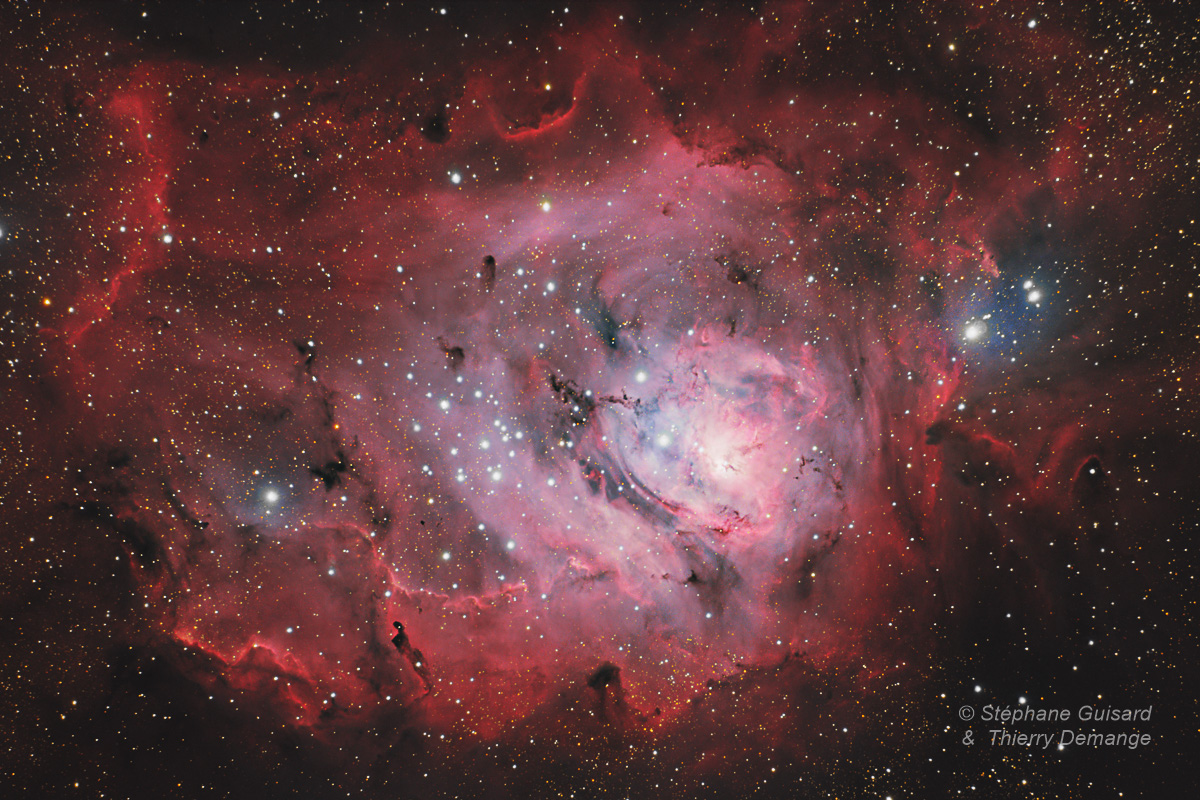Bubble Nebula

NGC 7635, also called the Bubble Nebula, Sharpless 162, or Caldwell 11, is a H II region emission nebula in the constellation Cassiopeia.
Helix Nebula

The Helix Nebula, also known as The Helix, NGC 7293, is a large planetary nebula located in the constellation Aquarius. Discovered by Karl Ludwig Harding, probably before 1824, this object is one of the closest to the Earth of all the bright planetary nebulae.
Andromeda Galaxy

The Andromeda Galaxy, also known as Messier 31, M31, or NGC 224, is a spiral galaxy approximately 2.5 million light-years from Earth. It is the nearest major galaxy to the Milky Way and was often referred to as the Great Andromeda Nebula.
Antennae Galaxy

The Antennae Galaxies, also known as NGC 4038/NGC 4039, are a pair of interacting galaxies in the constellation Corvus. They are currently going through a starburst phase, in which the collision of clouds of gas and dust, with entangled magnetic fields, causes rapid star formation.
Bodes Galaxy

Messier 81 (also known as NGC 3031 or Bode's Galaxy) is a spiral galaxy about 12 million light-years away in the constellation Ursa Major. Due to its proximity to Earth, large size and active galactic nucleus (which harbors a 70 million M☉[8] supermassive black hole), Messier 81 has been studied extensively by professional astronomers.
Whirlpool Galaxy

The Whirlpool Galaxy, also known as Messier 51a, M51a, or NGC 5194, is a spiral galaxy in the constellation Canes Venatici. It was the first galaxy to be classified as a spiral galaxy. Recently it was estimated to be 23 ± 4 million light-years from the Milky Way. Messier 51 is one of the best known galaxies in the sky.
Beehive Cluster

The Beehive Cluster, also known as Praesepe (Latin for "manger"), M44, NGC 2632, or Cr 189, is an open cluster in the constellation Cancer. It is one of the nearest open clusters to the Solar System, and it contains a larger star population than most other nearby clusters.
ET Cluster

NGC 457 (also known as the Owl Cluster, the ET Cluster, or Caldwell 13) is an open star cluster in the constellation Cassiopeia. It was discovered by William Herschel in 1787, and lies over 7,900 light years away from the Sun. It has an estimated age of 21 million years.



